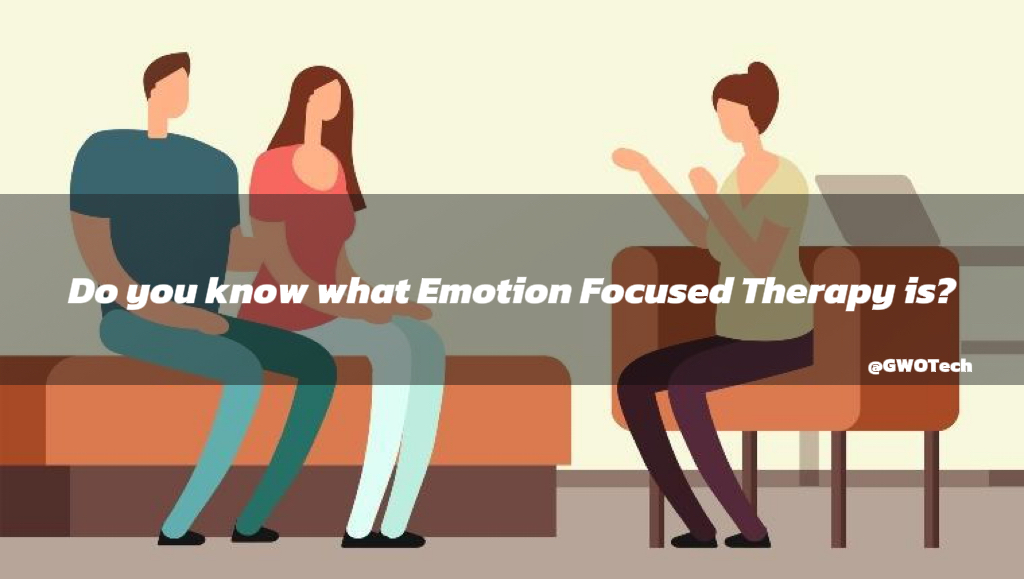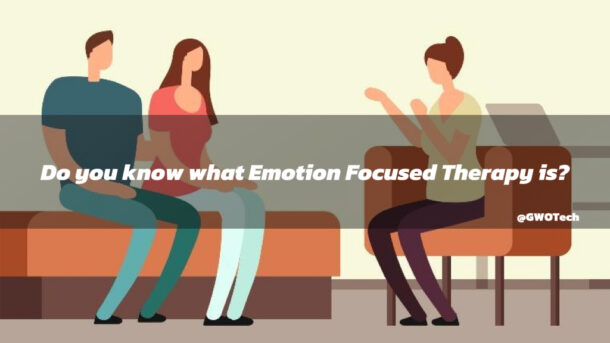Life’s emotional wounds can linger longer than physical ones, leaving invisible scars that shape how we connect with others and ourselves. Thankfully, approaches like Emotion-Focused Therapy (EFT) offer tailored pathways to healing. In this guide, we’ll explore what EFT is, when it helps most, and how its structured phases empower lasting change.

What Is Emotion-Focused Therapy?
Emotion-Focused Therapy is a specialized counseling method designed to help individuals process and heal from deep-seated emotional pain. Unlike everyday stress, unresolved emotional trauma—whether from childhood neglect, toxic relationships, or betrayal—can distort self-worth and relationships for decades. EFT provides a safe space to rebuild emotional resilience, guiding patients toward healthier patterns. While other therapies address surface behaviors, EFT targets the root emotional triggers, making it uniquely effective for lasting recovery.
When Is EFT Recommended?
EFT shines where traditional talk therapy hits limits. Consider it if you:
- Struggle to move past old hurts affecting current relationships
- Feel “stuck” in cycles of anxiety, shame, or numbness
- Experience attachment wounds (fear of abandonment, distrust)
- Face intimacy blocks or emotional distance in partnerships
- Suffer from unresolved grief or betrayal trauma
Counselors often suggest EFT for individuals or couples, especially when emotions feel overwhelming or “frozen.” Sessions are typically concise (8–20 weeks), making it ideal for those seeking focused, transformative work without years of therapy.
The Three Phases of EFT: A Roadmap to Recovery
Phase 1: Unmasking the Emotional Blueprint
Here, therapist and client collaborate to map hidden emotional patterns. Through gentle exploration, you’ll identify core wounds (e.g., “I’m unlovable” beliefs from childhood neglect) and how they fuel current reactions. This awareness reduces emotional intensity, helping you see struggles not as personal failures, but learned survival strategies.
Phase 2: Rewiring Reactions
With roots of pain uncovered, Phase 2 builds new emotional “muscle memory.” You’ll practice responding to triggers with self-compassion instead of self-blame, replacing destructive habits (e.g., shutting down during conflict) with vulnerable, authentic communication. Therapists use role-play, mindfulness, and emotion-tracking to solidify these skills.
Phase 3: Anchoring Change
Progress crystallizes in Phase 3. Together, you’ll craft a personalized maintenance plan—like emotion journaling, monthly check-ins, or couples’ exercises—to ensure new patterns endure. Success isn’t about erasing pain but developing emotional agility: the power to feel deeply without being controlled by the past.
Your Journey, Your Timeline
EFT adapts to your needs. While some find relief in weeks, complex trauma may take months. What matters is honoring your pace—rushing healing often backfires.
Ready to Begin?
If emotional shadows hinder your joy, EFT could light your path. Our clinic in Pace, Florida, offers expert EFT counseling. We welcome new clients across Northwest Florida. Reach out today—your healing story starts now.



